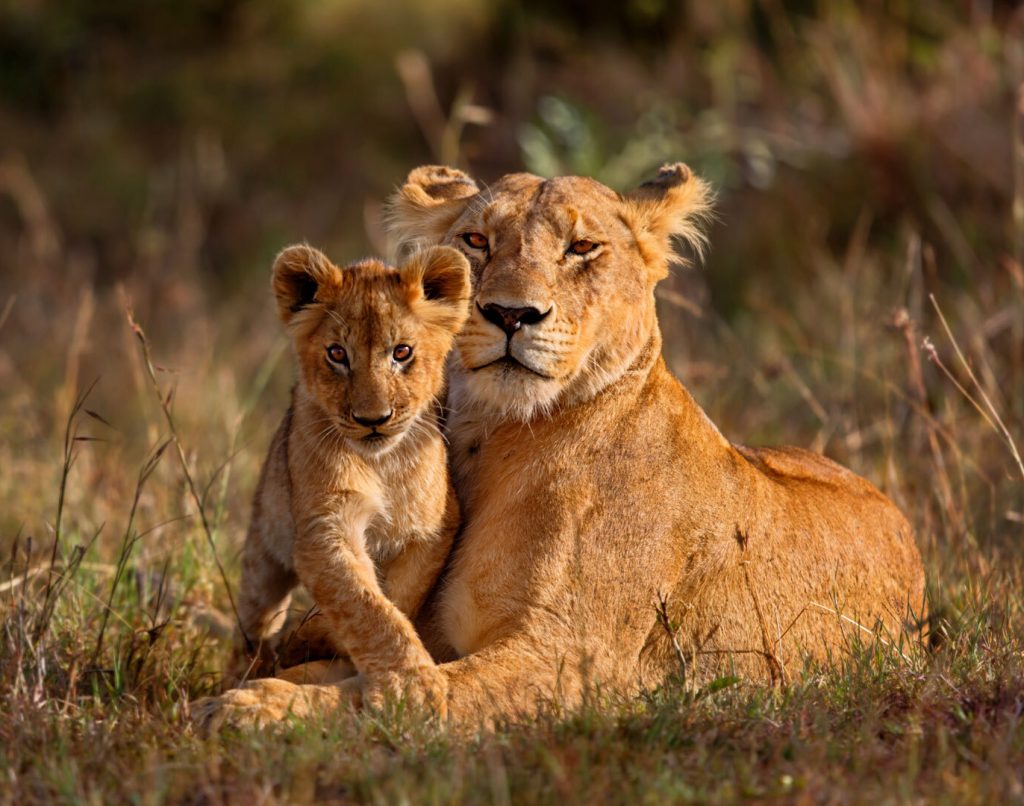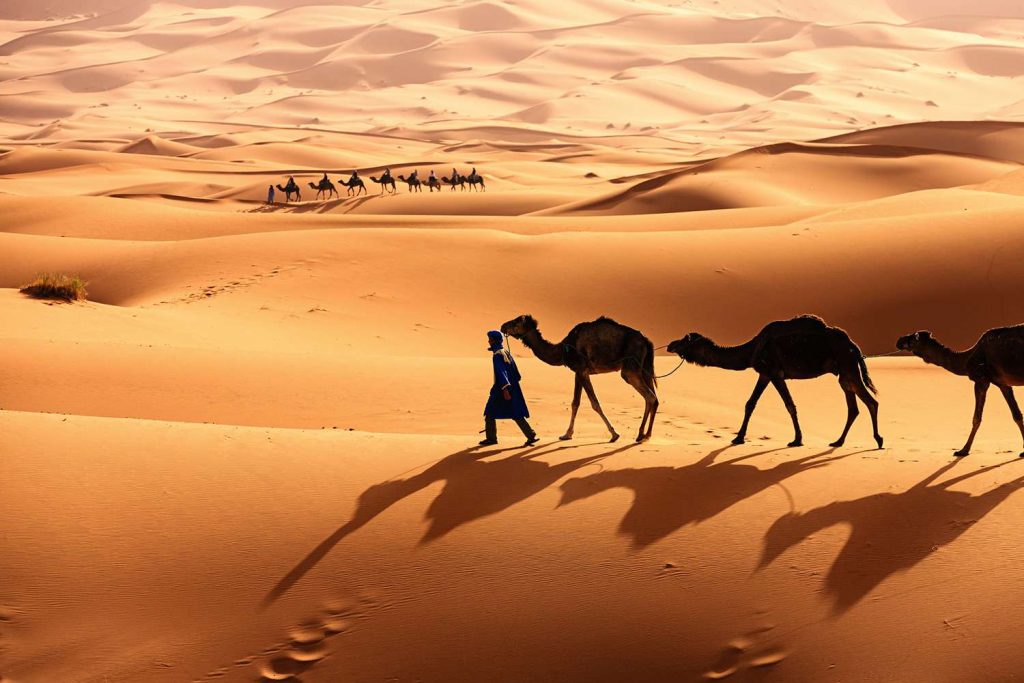Kruger National Park, located in the north-eastern part of South Africa, is a remarkable effort of conservationists and nature enthusiasts. Covering an area of approximately 19,485 square kilometres, the park is renowned as one of the world’s most biodiverse wildlife reserves.

Source: www.andbeyond.com
The story of Kruger National Park begins in the late 19th century when the visionary Paul Kruger, then President of the South African Republic, recognized the need to protect the region’s wildlife populations. He enlisted the help of influential figures, such as hunter-turned-conservationist James Stevenson-Hamilton, to transform his dream into a reality.
In 1898, the Sabie Game Reserve was proclaimed, marking the birth of what would eventually become Kruger National Park. Covering an area of approximately 4,000 square kilometres, the reserve was primarily established to safeguard the last remaining large mammals in the region, including elephant, rhinoceros, lion, and buffalo.
Over the years, the Sabie Game Reserve grew and evolved, with subsequent mergers and expansions. In 1926, it was officially renamed Kruger National Park, in honour of its founding father. The park expanded further, to create a contiguous wilderness area that would ensure the long-term survival of its flora and fauna.
Kruger National Park’s commitment to conservation has yielded remarkable results. Today, the park protects over 147 mammal species, 507 bird species, 118 reptile species, and 1980 plant species. It is home to Africa’s iconic „Big Five“ game animals—elephant, lion, leopard, rhinoceros, and buffalo—alongside numerous other endangered species.
One of the park’s notable achievements lies in its emphasis on community involvement and the economic benefits it brings to the surrounding areas. Kruger National Park actively engages with neighbouring communities, providing employment, sustainable tourism practices, and supporting local businesses. This approach ensures the park’s long-term viability while improving the well-being of the local communities.
Despite its remarkable success, Kruger National Park continues to face numerous challenges in its conservation efforts. Poaching, habitat loss, and human-wildlife conflicts pose significant threats to the park’s delicate ecological balance. However, through the collective efforts of park management, local communities, and conservation organizations, strides have been made to combat these challenges. Robust anti-poaching initiatives, habitat restoration projects, and educational programs have played a crucial role in safeguarding the park’s rich biodiversity.



